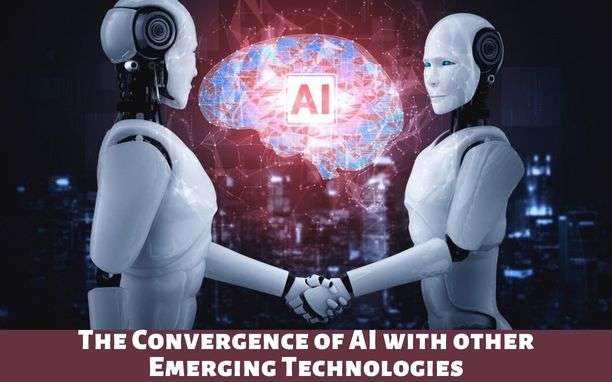Machine learning is the technology that has already revolutionized our lives. It is an area of artificial intelligence (AI) that allows computers to learn without being explicitly programmed, as opposed to other forms of AI such as neural networks, which are based on human brain structure.
Machine learning is an amazing technology that allows computers to get smarter by themselves and improve their performance over time. From data sets and algorithms to predictions and prediction errors, machine learning is a field where you can apply almost everything you know about computer science and statistics to make predictions in real time.
The term ML is often used to describe the process of using a computer to identify patterns in data. The result of this is a computer that can learn and make decisions that would otherwise require human intervention. This is why we use it in many fields such as predictive maintenance and fraud detection.
Machine learning has found its way into all aspects of our lives. It is used to optimize search engines, voice recognition, language translation, spam filters, and much more. It is a set of techniques for building computer programs that learn automatically and improve their performance through experience.
What is Machine Learning?
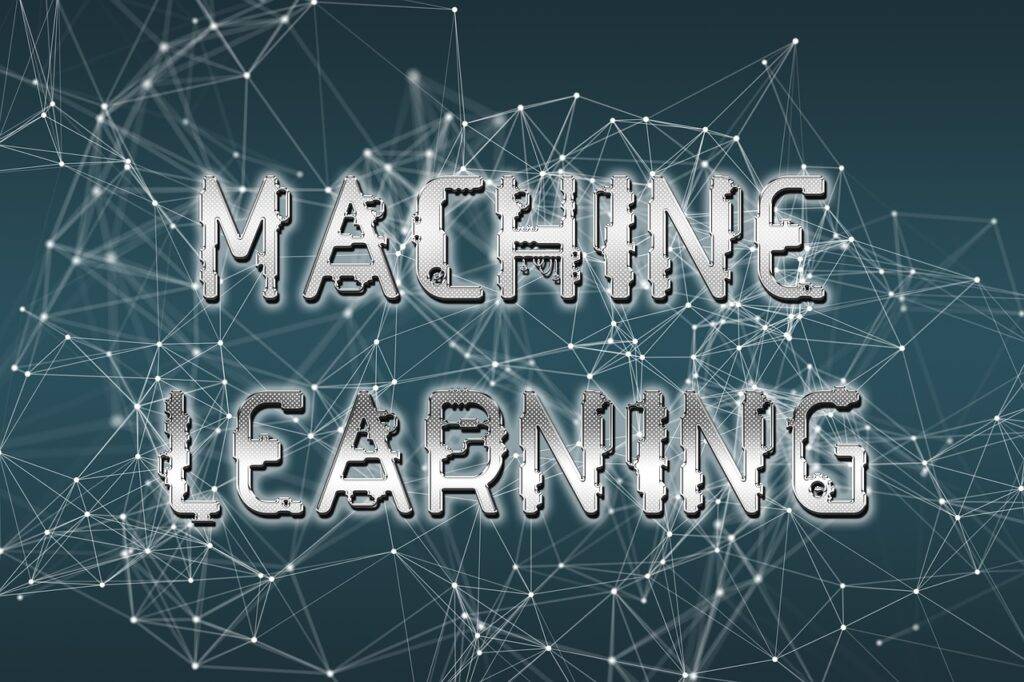
Machine Learning is the process by which a computer or device “learns” to make decisions based on specific data. It’s what makes AI (artificial intelligence) possible. Machine learning takes a big amount of data, analyzes it, and outputs answers that are based on the inputs given to the computer or device.
While machine learning is often used in conjunction with artificial intelligence, it’s actually much more than that. With machine learning, computers use algorithms to make predictions about the future behavior of something (or someone) based on past observations. The algorithms use past behaviors to make predictions about the future.
It is the ability of a computer program to teach itself, is one of the most exciting new technologies of our time. Machine learning can teach computers to perform tasks such as speech recognition, language translation, handwriting recognition, and image analysis.
Machine learning algorithms are the core of Artificial Intelligence. They can be used to develop intelligent systems that adapt to changing situations. In addition, machine learning can be used to improve the efficiency of human knowledge workers.
ML is used to learn from examples in order to recognize similar patterns in new situations and to make predictions about future events. ML systems are used in all areas of business, healthcare, finance, education, law enforcement, and security, among others.
A Brief History
Since the beginning of the 19th century, machine learning has been used to predict future events and make decisions based on patterns found in data. In 1851, James Maxwell presented a paper titled “On Prediction.” He outlined three methods of prediction and machine learning was one of them.

Machine learning has been around since the 1940s. This technology was pioneered by Alan Turing, John McCarthy, and Marvin Minsky in the 1940s and 1950s. It was based on mathematics and statistics. ML is a method of statistical inference. It helps computers learn from data. This technology was then applied to many fields. The technology of ML was first applied to pattern recognition problems in the 1960s when it was used to build the first electronic digital computer for playing chess.
After a brief period of stagnation, it began to grow rapidly in the 1970s and 1980s and became the dominant method of statistical inference in all areas of science and industry. This area of artificial intelligence had many different names during its early development, such as adaptive control, reinforcement learning, and neural networks.
Why Does Machine Learning Matter?
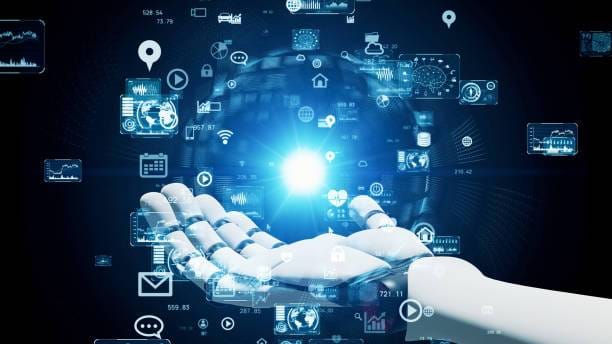
Machine learning is a new technology that is currently being used in almost every industry. It is a method that can be used to analyze data and use it to develop a solution for any problem. In the business world, machine learning is used to automate processes, recognize patterns in data, predict future trends, and more. In order to perform this task, it uses statistical techniques and algorithms. Companies are beginning to rely on this technology because it is helping them to achieve goals faster. Machine learning allows companies to solve problems more efficiently.
Machine learning is important because it is one of the major tools used in the world of computing today. The computer is able to learn through experience and is able to recognize new patterns. This is why machine learning is so important to the world of technology.
Algorithms of Machine Learning
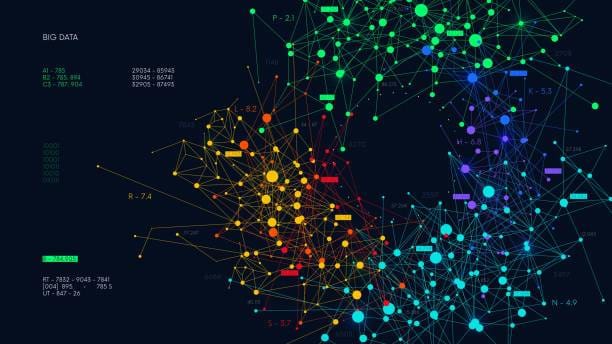
A machine learning algorithm is a process used to build up a model that can make decisions for itself based on its training data. Machine learning algorithms are a subcategory of artificial intelligence. These algorithms analyze patterns and learn from data to make decisions and predictions. They often require massive amounts of data to function properly and are often used to process big data sets in order to make accurate real-time predictions.
The ability to collect and store vast amounts of data is the primary factor in the advancement of machine learning algorithms, and this data is collected through user-generated data. The three key areas of user-generated data include location data, social media posts, and user reviews and ratings.
These machine learning algorithms allow computers to act without being explicitly programmed, and their effectiveness lies in the fact that they can solve problems faster than humans and in many cases with fewer errors. To start, let’s take a closer look at two important algorithms.
There are many different algorithms used in machine learning, such as Clustering, k-Nearest Neighbor (kNN), Support Vector Machines (SVM), Decision Trees, Logistic Regression, Naive Bayes, k-Means, and Random Forests. These algorithms are often used for prediction or classification problems.
Neural Networks:
This type of machine learning algorithm uses a neural network or artificial neurons. Artificial neurons are computational units that are inspired by biological neurons. Neurons perform simple mathematical operations on inputs (or data) to produce outputs. The basic structure of a neuron is a simple input that is multiplied by some weight, and the weighted sum of the inputs is passed through an activation function.
Models of Machine Learning Algorithms
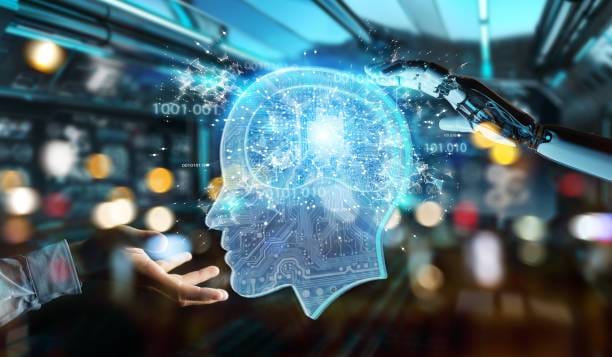
Regression, linear regression, and classification are two types of statistical models commonly used in machine learning. These models are based on assumptions of statistical independence of inputs and output variables, respectively. The assumption of linearity is particularly useful in cases where the relationship between input and output is known to be linear.
Regression analysis Models a relationship between two variables. Regression analysis is used to predict future values of dependent variables based on independent variables such as predicting the value of an investment or estimating the cost of shipping products to consumers.
Classification analysis Models are used to classify items into different groups or categories, such as assigning photos to one of four types of images (dog, cat, horse, or sheep).
Regression and classification analyses are two broad categories of data analysis.
How Does Machine Learning Work?
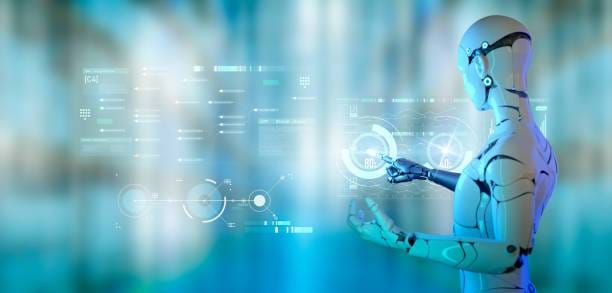
Machine learning is all about taking data, manipulating it, and training it to perform tasks. It involves building algorithms that automatically figure out patterns in data. It uses that data to make predictions about future events. In the case of business decisions, it looks at past data to see if there’s a pattern. If there’s a pattern, it can make predictions about future events.
So, for example, say you’re trying to sell a new product. Machine learning could tell you that over the last three years, consumers who purchased item x have also bought items y and z. So, in this scenario, your algorithm could use that information to make recommendations about what other products might be a good fit for your target audience.
Types of Machine Learning
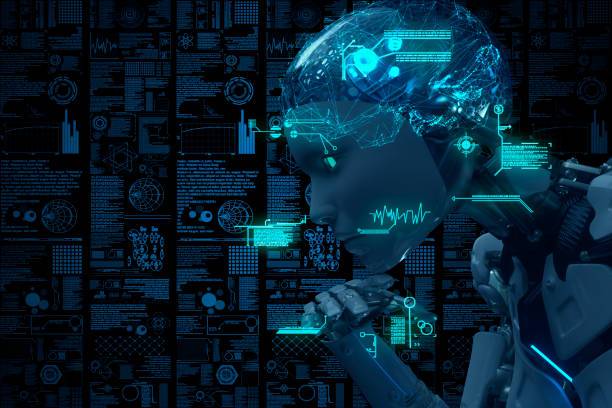
Mainly there are three types of machine learning: Supervised, Unsupervised, and Reinforcement.
Supervised Machine Learning: It involves training a machine with data that comes from humans. For example, we teach a computer to recognize hand gestures based on how often certain combinations of movements occur.
Unsupervised Machine Learning: It refers to when a machine is given raw data without any human input or supervision. For example, a computer could identify patterns in a video feed, such as recognizing a face.
Reinforcement Machine Learning: It is when a machine learns from its own actions. This type of learning is a bit more complex than the others.
Applications of Machine Learning
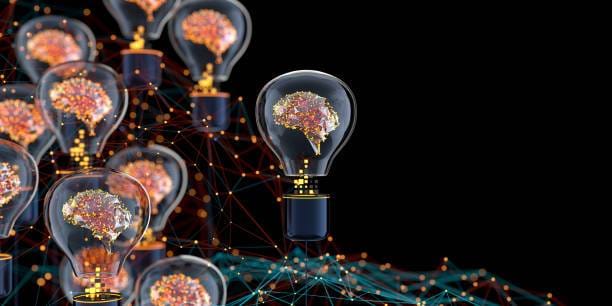
Machine learning is an emerging technology that’s revolutionizing several industries, and it’s also the basis of the AI technology in the new Amazon Echo, Apple’s Siri, and Google Now.
While machine learning is still in its infancy stage and not yet widely used, its applications are already being seen everywhere such as speech recognition, language translation, handwriting recognition, and image analysis also from self-driving cars to financial systems, chatbots, medical devices, marketing campaigns, retail operations, security, content-recommendation systems, weather forecasting and more.
The power of machine learning to learn from data is unlike anything the world has ever seen. And while many people may be intimidated by the complex language associated with the technology, its applications are being implemented in a variety of ways every day.
Machine learning can help us to understand people better. Researchers are using AI to learn to predict personality traits, such as extroversion or neuroticism. They’re also learning to predict the next big social movements, such as the Black Lives Matter movement. And they’re working on building systems to predict criminal behavior.
Machine learning is already being used to teach computers to read and comprehend human languages.
Real-Life Examples
Machine learning is a very fast-growing area in recent years. The field has grown rapidly and is a vital part of today’s world. There are many different ways to apply machine learning. Here are some examples:
1. Automated Driving: We use computer vision and deep learning to recognize objects and other traffic signs. Then, with the help of AI, we program the car to avoid collisions.
2. Voice Recognition: We use machine learning and AI to recognize speech, and we use it to create voice-activated devices and software.
3. Data Mining: We use machine learning to find patterns in the data. We can use it to predict the future.
4. Chatbots: Chatbots are programs that chat online with users and make their interactions more enjoyable. We use them to handle customer service and sales.
So, in essence, if you’ve ever used anything online, whether it’s Google, Amazon, Facebook, or Twitter, then you’ve used machine learning in some form.
What are the Limitations?
The biggest limitation of AI is that it doesn’t have the ability to understand and make judgments based on context. In the same way, the main limitation of machine learning is that it can’t take into account the many variables that impact the outcome of the decision.
For example, when you ask a machine to decide whether a particular person is trustworthy or not, it may give you a yes or no answer, but it will never be able to tell you why it made that decision, nor what actions you should take next if the answer doesn’t fit your expectation.
So, one of the major problems is that the machine learning models we’ve been using are trained using a large dataset of labeled data. This means that they can only learn from what we tell them about the world. This has a few significant limitations.
For instance, we have no idea how well these models will generalize outside of the data set they were trained on. We don’t know if they will work the same way in a different market, or in a different country. There are plenty of reasons why these models aren’t great at being able to take into account the unknown.
Future of Machine Learning
The Future of Machine Learning (ML) is exciting. Machine learning (ML) is set to transform every industry imaginable. Not only is it used by companies like Amazon, Netflix, Facebook, Google, Microsoft, and Apple to do some very cool stuff, but it’s also getting into a lot of areas in science and medicine.
We’re talking about deep learning, machine translation, computer vision, image recognition, natural language processing, speech, and even bioinformatics. ML is a fast-growing field with lots of interesting research being done.






